- March 23, 2017
- Posted by: SportsV
- Categories: Features, Home News, Industry News, Interviews, News
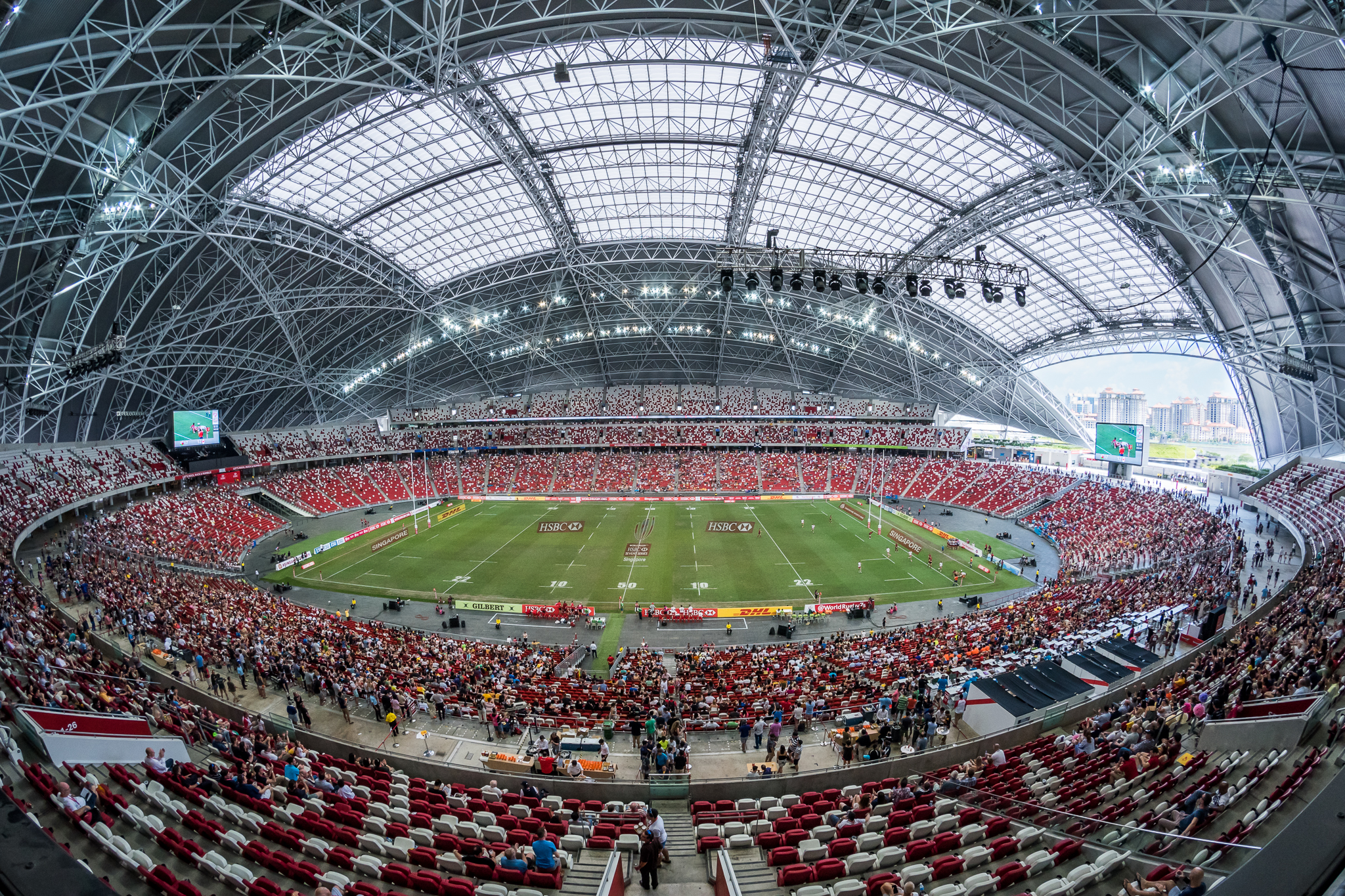
Katie McIntyre discusses the complexities of running the multi-sport, multi-purpose, multi-venue facility that is the Singapore Sports Hub with Senior Director – Venues, Damian Bush.
As Senior Director – Venues with Global Spectrum Pico Pte Ltd for the Singapore Sports Hub, what is your main role? And what kinds of work activities would you conduct on a daily/weekly basis?
I maintain overview of multiple venues at the Singapore Sports Hub, which includes the National Stadium, Indoor Stadium, Aquatic Centre, Water Sports Centre, indoor sport Arenas, the Museum as well as the Precinct and Gym teams.
A general week is mixed in with events and will include production and venue management reviews along with our management team. External agency and stakeholder management/client and stakeholder interaction takes place daily. We also conduct plenty of training sessions at the Sports Hub, to prepare our full-time and part-time staff with the necessary knowledge and skills need in the fulfilment of our varied functions.
We are a team of sixty staff on a regular basis, and the facilities are open 365 days a year so along with events, it never stops!
As we’ve witnessed of late, sports venues and their environs have become targets for terrorists. How has venue security had to adapt in light of this? And what types of innovations, solutions and best practices are now being employed to combat this and other security threats?
The innovation can be much simpler then some might suggest. An important focus is working with agency partners and emergency service operators. We always extend the opportunity for drills and testing at our venues. More than ever, we need to work closer with our governments and across borders. Training is a huge focus for us. Spending money in the right areas that will benefit us is a major consideration. Measures in place – whether physical or technological – will only work really well if we have effective communication and cooperation by all parties.
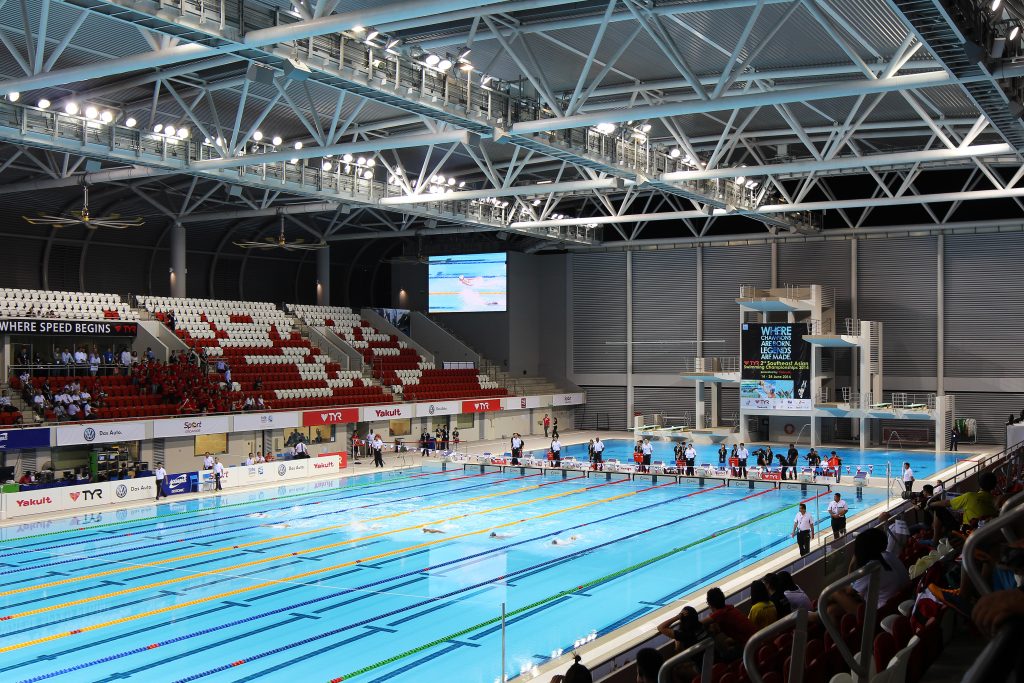
What were the key challenges when it came to delivering the 55,000-seat National Stadium, 6,000-seat Aquatic Centre, Multiple Purpose Sports Hall, Water Sports Centre, Museum, Precinct and existing 12,000-seat Indoor Arena at the Singapore Sports Hub?
Preparing for such a task was helped by my experience in looking after Central London venues for the London 2012 Olympics. In a similar way, and relaying the experience I had gathered during London 2012, we developed processes, on one dimensional plans, that covered all eventualities. As the buildings rose out of the ground, we adapted and amended these plans and processes to suit reality.
We used a concept called the Model Venue Exercise for this purpose, and workshops would take place for each venue and include all stakeholders with clients attending as well for holistic planning.
The other main challenge was finding the right people and building effective teams. For such an international attraction, experienced staff was critical, and we needed to look globally for the project at this phase in its life. Ultimately the aim and what we intend to achieve with the venues teams was developing a predominantly local workforce with the skills to take the operation forward into future years. Adding a layer of complexity to this was the need for temporary staff in a tough labour market where unemployment is low.
As with any design-and-build delivery over 35 hectares, the operational challenges change and the team, and venue operations, need to adapt with the dynamic nature of the socio-economic and cultural landscape of the place in which it operates. A new venue with all of the technology that comes with it will be a voyage of discovery for everyone involved.
As such a large complex, running both large-scale and smaller events, the Sports Hub obviously utilises casual staff. What are the main challenges when it comes to training casual staff?
Like many venues around the globe, retention and training of casual staff is problematic. We have little choice but to invest in front line teams consisting, oftentimes, of casual staff. On a stadium activation we can easily have around 900+ staff in operation, depending on the scale of the event.
In order to equip all our staff with necessary knowledge and skills, we spend time not only on classroom briefings but look at the soft skill sets as well. Interactive sessions with our ushers and security officers are not uncommon, and some of these involve external trainers as well. Recently we had 60 staff from our casual staffing base participate in a team bonding session whereby they competed amongst themselves to build structures, and other such activities, on-site here at the Sports Hub campus.
We also have terrorism awareness lectures and more training sessions to deal with concert management, coming up. Our training curriculum is constant as we need to keep on top of this and arm our staff with the appropriate skills so they have enhanced base of competence and ultimately give our patrons a great customer experience.
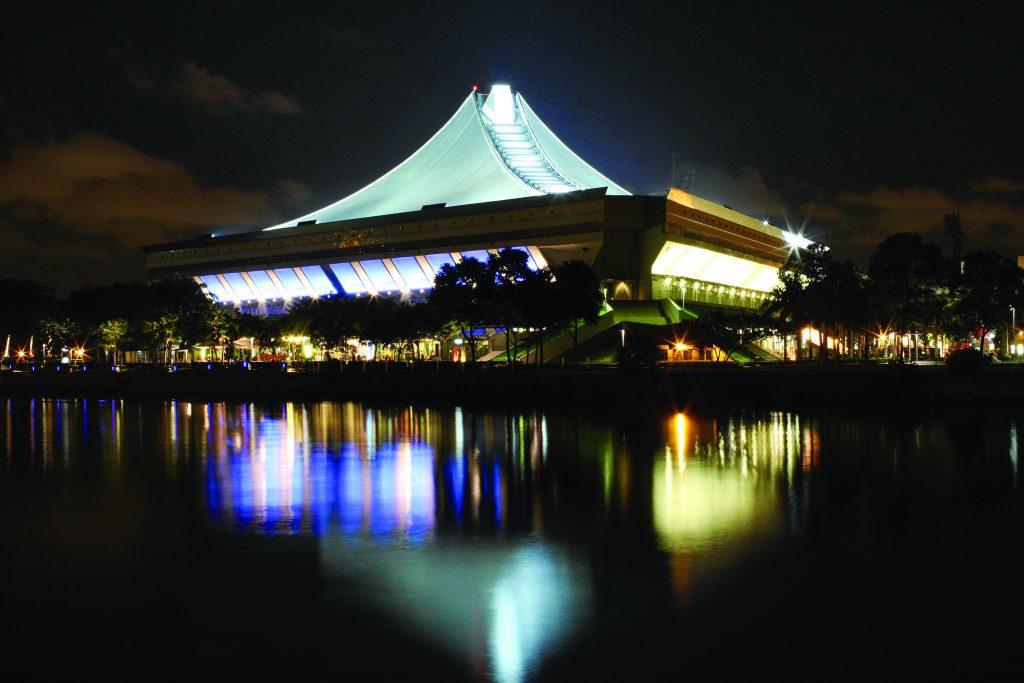
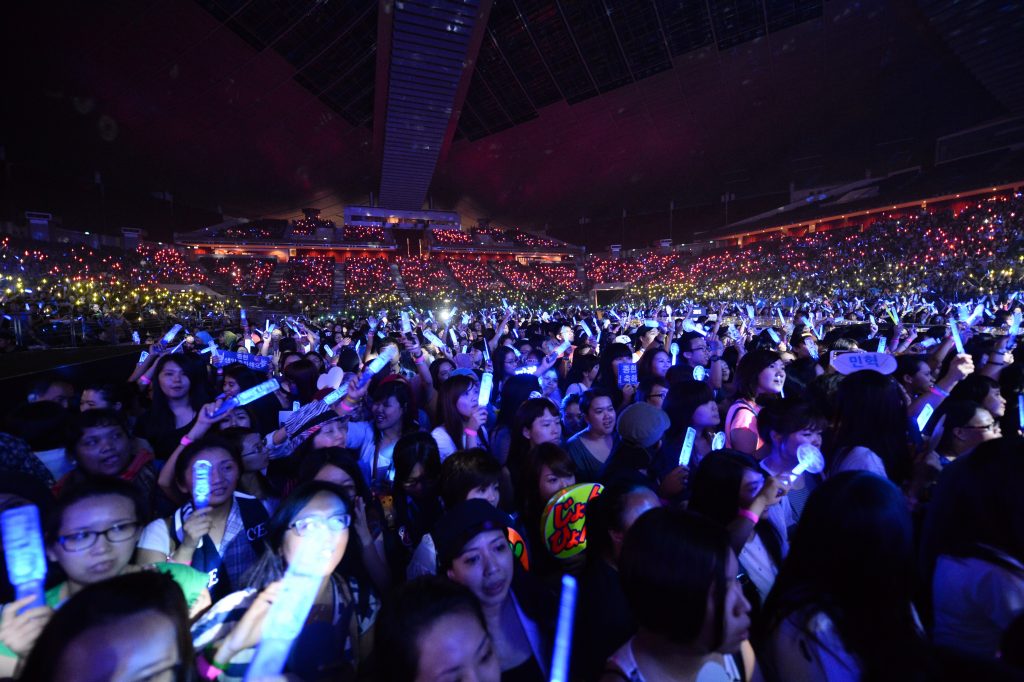
How difficult is it filling the events calendars for the National Stadium and other venues at the Sports Hub? And then delivering all manner of events, from large-scale international soccer matches and major rock concerts, to conferences and the like?
The vast majority of our venues are open daily for community use and National Sporting Association Elite (Athlete) Training on a daily basis. These are then intermixed with events throughout the year.
The Singapore Indoor Stadium has a healthy mix of events, and the OCBC Arena is populated throughout the year. The National Stadium of course does not have an anchor tenant or Home team as it were. One method we have employed is creating seasons and as the calendar develops we are seeing a positive return from this method.
The March to April months are now an established Rugby season, where we host the Super Rugby league matches, as well as a round of the global Rugby Sevens tournament. FIFA windows obviously exist and along with an Athletics seasons we again look to the concert market to bring a wide variety of events to our varied audiences.
What does all of this mean for pitch management?
Complexity of course, but our lay and play system is holding up well and what we are seeing is the removal of the pitch during periods when the grass is not required. Like any venue, we have overcome this challenge by developing our event calendar based on a sporting (grass) and non-sporting seasons. As we mature, we can see such patterns developing. There is still work to be done and progression in terms of developing our calendar but we are encouraged by how it is shaping up.
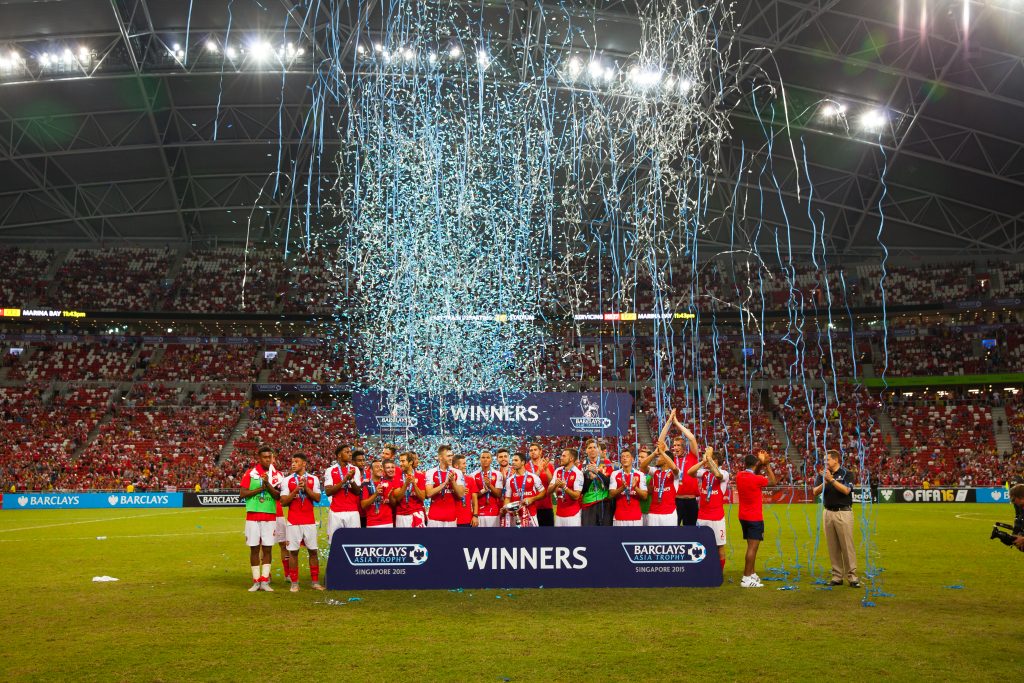
As the National Stadium, what kinds of community events do you put on?
This has been a revelation in terms of place making and bringing footfall to the Sports Hub. We have used a combination of sports and attractions to create family days and the result is vibrancy with a positive effect to our business.
Our most recent initiative – what we’ve badged as a ‘Sports Hub Community Play Day’ –saw a combination of sport try outs/coaching/community actives and a mass Zumba, which saw over 16k visitors through the turnstiles. We’ve also held a steps challenge and even more recently, over 200 cyclists competed in a one-of-a-kind night criterion race, which was also Singapore’s largest fixed gear and road bike criterion race. All of these examples have great scope for development and we are seeing what else we can add in.
What have been the biggest changes in the venue sector over the last decade and what have been some of the most advantageous innovations?
Without a doubt – social media. Apps and Wifi are becoming a way forward for enhanced customer experience, and event owners are increasingly utilising these platforms to interact with patrons. This is why our event control room has a social media officer at every event, monitoring as many channels as possible. This helps with simple aspects, such as catering feedback/cleanliness, but can be critical in terms of safety, for it allows customers to update us on concerns directly, allowing us time to act immediately, and accordingly, to instant feedback.
Additionally, the whole concept of Sport Presentation and customer engagement in this area is in a different sphere now. With Social Media, pre-event entertainment is not comparable to say, ten years back in many countries, given the level of interactivity and engagement that can take place digitally during the times that the on-pitch is in recess.
What kinds of innovative products, services and solutions are you currently employing at the Sports Hub?
Within the Stadium, we have our bowl cooling system, which provides comfort cooling to the 55k seats. This operates at an output of around 23/24c and brings the outside temperature down by about 4 degrees. That makes a big difference in Singapore, which sits one degree north of the equator.
Our integrated LED roof system is also a feature which adds a new dimension to the events here, whether musical or sporting. Being able to create light shows and branding across a stadium roof adds many possibilities to the hirer’s show capability.
We are always looking at what is available next and how we can expand the desirability of our venues to our hirers and patrons.
Which of the latest ‘hot topics’ are you tracking and hoping to implement at some point in the future?
This varies greatly of course from the security perspective and supporting technology but also in terms of general safety initiatives and techniques employed at venues around the globe. Even from a turf perspective, we are always looking for solutions and different technology that can help us. The pace of change doesn’t slow and it’s easy to become obsolete and dated. International Sporting Federation regulations are always updated and we need to stay relevant in this area. We host multiple sports across our venues and the timing /scoring or support that is needed is always changing, couple that with our broadcast/media requirements, means we need to be on our toes.
Many thanks to Damian Bush, Senior Director – Venues, Global Spectrum Pico Pte Ltd for the Singapore Sports Hub.
Images, courtesy: Singapore Sports Hub. Main image, World Rugby 7’s at the Singapore National Stadium.

